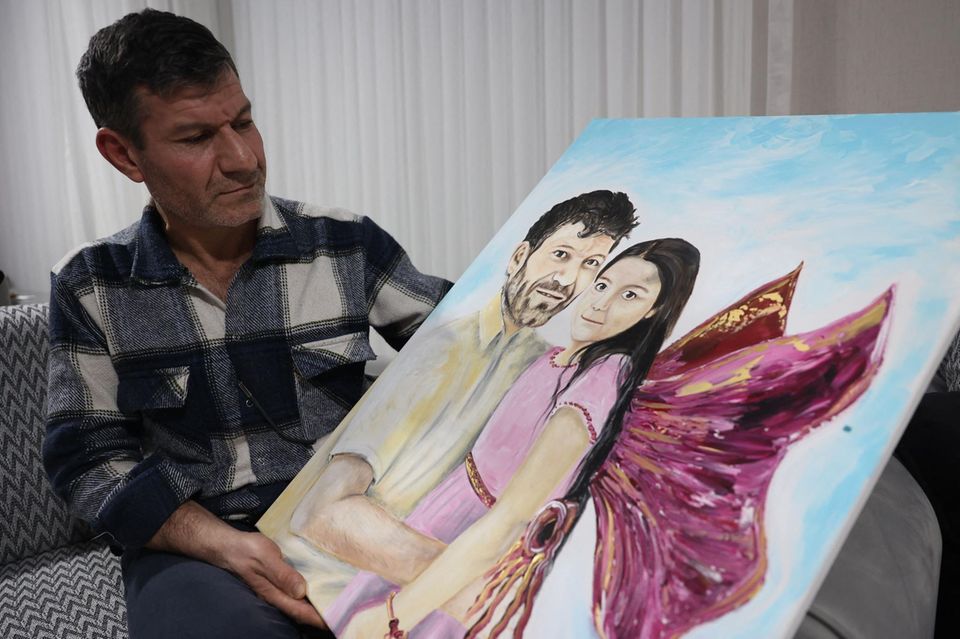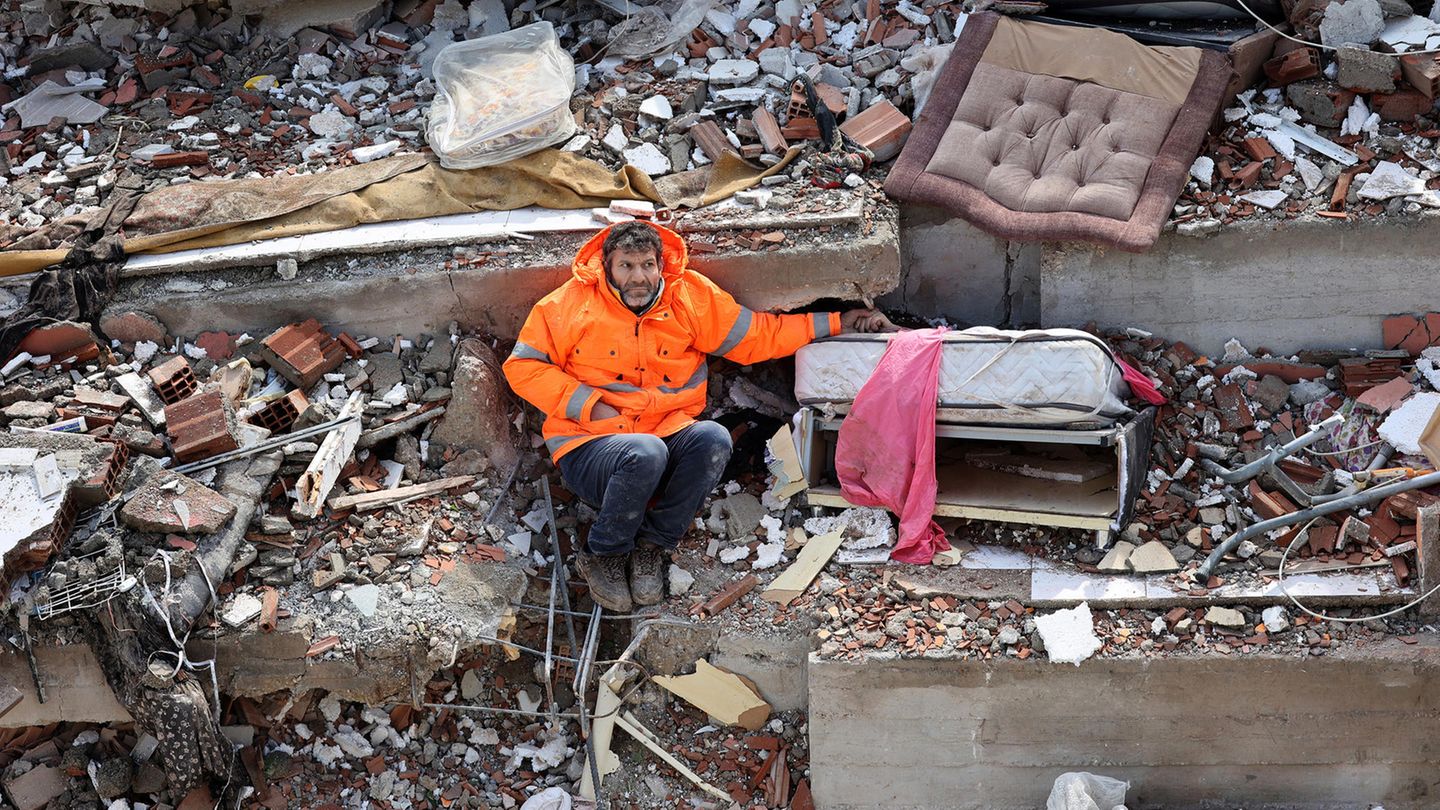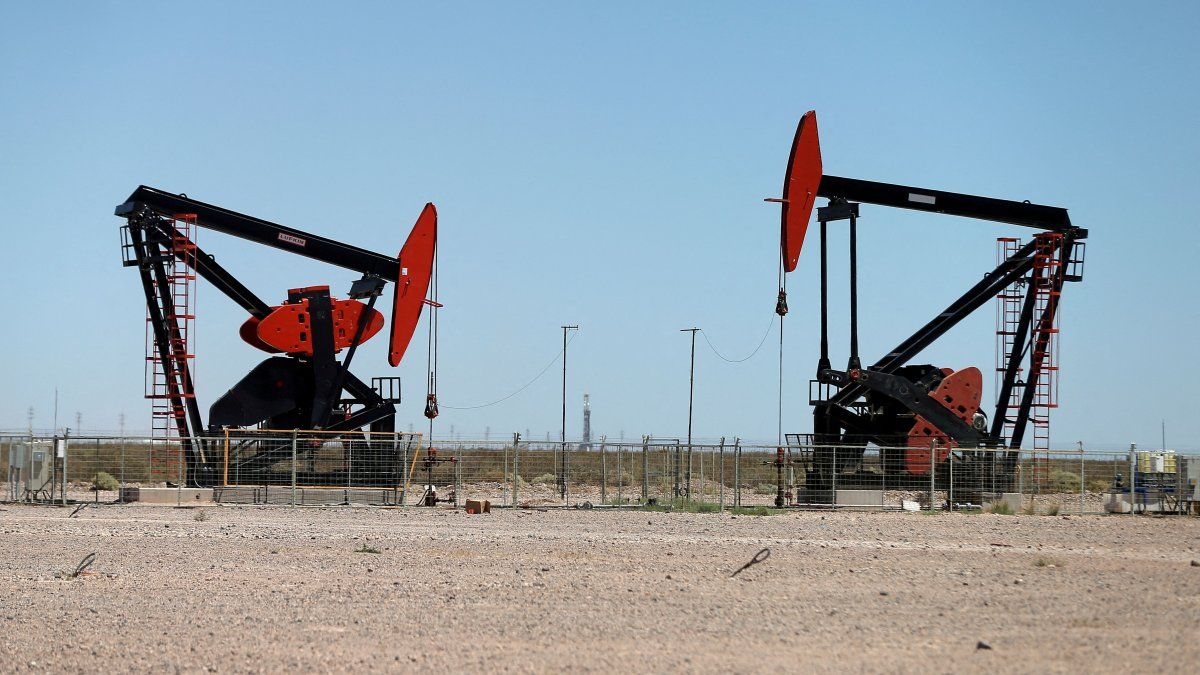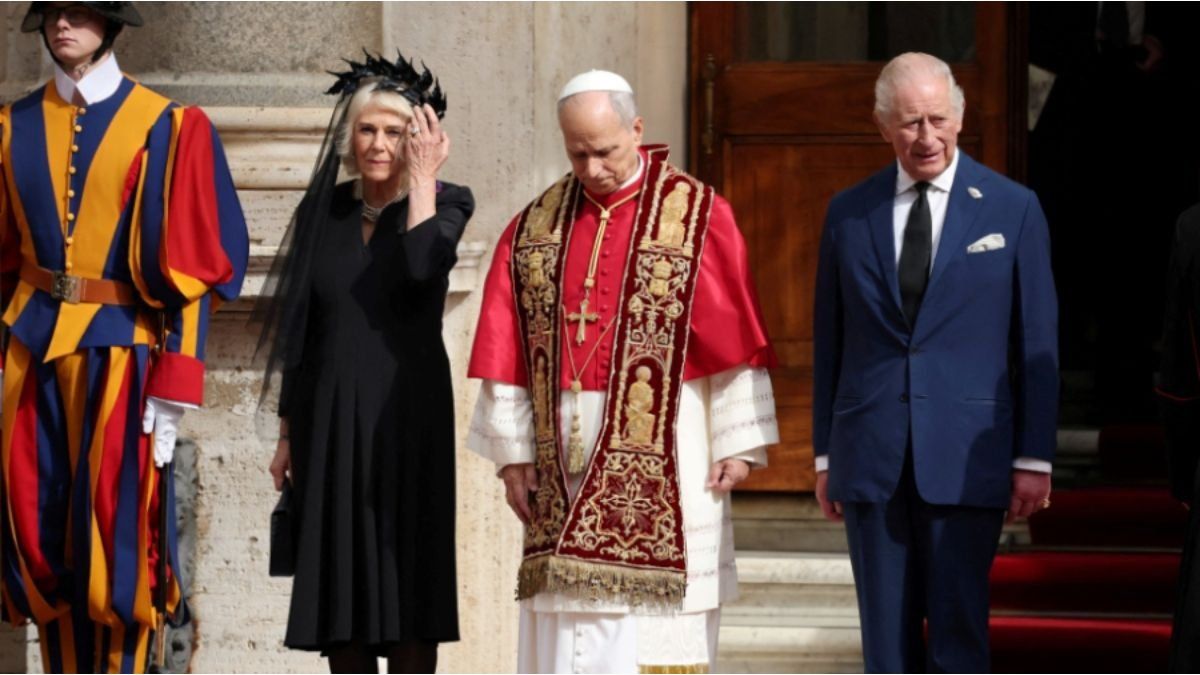Nothing symbolized the suffering of the earthquake in Turkey as much as the picture of Mesut Hançer. About a father with whom the whole world mourned. And a reporter who cried for the first time in 42 years while taking photos.
It is early in the morning, before the sun announces February 6, 2023, when Mesut Hançer stands in a bakery in Kahramanmaraş and the walls suddenly begin to stutter. There have been smaller earthquakes before, here in southeastern Turkey. But this time it’s different. Rumorier, stronger, 7.8 on the Richter scale. Hançer immediately rushes to his family to check that everything is going well. The house is damaged, but his wife and three adult children are fine. Only one is missing: 15-year-old Irmak. As an exception, she slept at Grandma’s that night, where her cousins were staying.
In the Turkish capital Ankara, far from the epicenter of the quake, Adem Altan is woken up by the terrible news. The experienced photographer from the French news agency AFP packs the bare essentials, gets into the car and sets off for the disaster area. The streets are covered in snow and it is raining. It takes far more than the usual six and a half hours. He only arrives at night.
As daylight comes, the reporter walks through the destroyed streets of Kahramanmaraş. There is still no sign of rescue workers at many of the collapse sites. Altan pauses in front of what was once an eight-story apartment building. He sees panicked residents digging through the pile of rubble to save their relatives. Only one man sits frozen in the rubble, about 60 meters away, wrapped in an orange high-visibility jacket, his gaze apathetic. It’s Mesut Hancer. His left hand clasps his daughter’s fingers. Irmak was caught sleeping. She is still lying on a white mattress with the heavy concrete ceiling on top of her. “Take a photo of my child,” shouts Hançer. Altan has pressed the shutter button hundreds of thousands of times in his 42 years as a photographer.
But at this moment there are tears in his eyes for the first time. He takes a picture for eternity.
“This image became a symbol of a tragedy,” said the jury
If Altan chooses today star Remembering this scene, he says: “When I took the photo, I felt the father’s pain inside me.” With him, this pain was felt by people all over the world. The picture of Mesut Hançer was clicked millions of times on the Internet and printed on front pages around the world. The British “Daily Mail” wrote at the time about a “photo that broke the heart of the world.”
Now, a year later, it is nominated as the “World Press Photo of the Year”, the press photo of the year, which will be announced on April 18th – the Oscar for photojournalists. Altan has already won the prize for Europe’s Photo of the Year. “This image became a symbol of a tragedy,” the jury explained.
Little Irmak is just one of an estimated 55,000 people killed by the earthquake in Turkey and Syria. But the photo of the father holding her hand for over a day – knowing full well that there was no feeling in his fingers – illustrates all the helplessness, the suffering, the sadness that so many people felt there in those days.
After the earthquake, the authorities called off the search for missing people
As the star When people came to Kahramanmaraş shortly after the earthquake, many residents lit fire barrels when night fell. They stayed on the streets for days, waiting for their loved ones to be taken out of the rubble – dead or alive. The fire barrels became fewer and fewer. Two weeks after the disaster, the local authorities ordered to stop searching for missing people and only to clear away the rubble.
In the Kapıçam cemetery, above the city’s hills, there are still around 70 unidentified bones. Grave A-380 has a name: Irmak Leyla Hançer, born on October 18, 2007, underneath it says: “the daughter of Mesut”. Shortly after the quake, so many dead came to Kapıçam that simple wood stealing marked the graves. Today Irmak has a bed made of marble and flowers. She sleeps gently under the pine trees.
Her father Mesut lost his daughter, his mother, his brothers and a nephew in the earthquake. “But burying your child cannot be compared to that,” he said at the time. “It’s an indescribable pain.”

Today he lives with his family in Ankara. A philanthropic businessman who owns a television station has provided the family with an apartment and the former baker Hançer a job in the station’s canteen. People from all over the world who learned of his fate through the photo came forward. Photo reporter Adem Altan also stops by from time to time. In the living room there is a painted picture, given by an artist, of Mesut holding his daughter in his arms. She wears angel wings. In addition, the father has kept dozens of photos of his Irmak in a display case. The most painful part, the one in which he holds her hand for the last time, is not included.
You can find out more about the World Press Photo Contest 2024 here:
What is the World Press Photo Contest?
World Press Photo is a non-profit organization from the Netherlands that supports professional press photographers. Since 1955, the World Press Photo Awards have honored the best works of the past year. This year’s 67th edition featured a total of 61,062 entries (still images and multimedia) from 3,851 photographers from 130 countries. The topics range from war scenes to environmental problems to moments from everyday life.
What categories are there?
The four categories are: Photo of the Year, Story of the Year, Long Term Project and Open Format. After the regional juries have made their selection, the global jury decides on the 24 regional winners and from these in turn on the four global winners.
Who is on the jury?
There are a total of six regional juries and one global jury. The regional juries come from Africa, Asia, Australia/Oceania, Europe, North America and South America. They are made up of five experts from the photography and journalism industry from the respective regions. This year, for example, on the European jury there were two photographers from England, a photographer from Russia, the head of photography at the NZZ from Switzerland and the head of photography at stern as a representative for Germany. The regional juries each propose a shortlist for different categories to the global jury.
What is there to win?
The winners receive prize money of 1000 euros each. The winners, honorable mentions and special jury mentions will be included in the World Photo Annual Exhibition and Yearbook, published on the World Press Photo website and invited to the Winners’ Program in Amsterdam. In addition to their regional prizes, the global winners will receive a cash prize of 5,000 euros, a FUJIFILM GFX100 II camera with accessories and an additional non-cash prize. This year, the jury made the extraordinary decision to also include two special honorable mentions related to the war between Israel and Hamas.
Where can the pictures be seen?
The award-winning photographs will be featured in a traveling exhibition in more than 80 cities around the world. The magazines GEO and stern have been presenting the exhibition in Germany for over 25 years. They will be on display in the Altona Museum in September this year.
On April 18, the jury of the World Press Photo Award will choose the best photo of the year. The winners from the six world regions in the “Singles” category have already been chosen. The global jury will make a choice from this. See the impressive images and vote for which photo is your favorite.
Source: Stern
I have been working in the news industry for over 6 years, first as a reporter and now as an editor. I have covered politics extensively, and my work has appeared in major newspapers and online news outlets around the world. In addition to my writing, I also contribute regularly to 24 Hours World.




